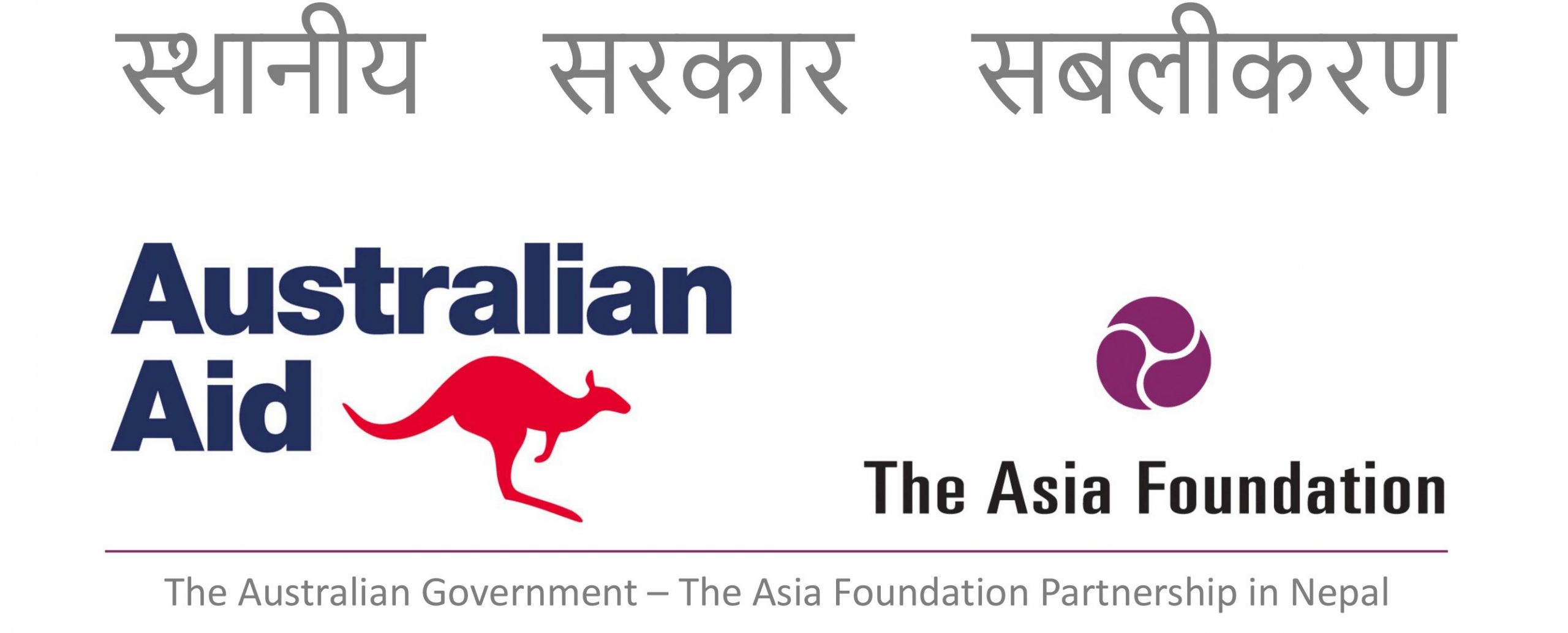1-9 of 40 results
-
Women in Leadership: Achieving an Equal Future in a COVID-19 WorldAdhering to the United Nation’s 2021 theme for International Women’s Day (IWD) ‘Women in Leadership: Achieving an Equal Future in a COVID-19 World”, this booklet features the experiences and perspectives of elected women representatives from Nepal (7 Deputy Mayors and 22 Ward Members) including their exemplary leadership responding to COVID-19 crisis management and recovery efforts. It also highlights…
-
Women in Leadership InfographicsWith the institutionalization of democracy in 1950 in Nepal, women’s participation and representation in positions of power has been gradually increasing. Nepal had its first female parliamentarian in 1959 A.D. Representation of women within the governance system is important for several reasons including bringing women’s voices to the forefront during policy making and implementation processes. Nepal, however, still…
-
Short Bios of Dalit Women RepresentativesFor the overall development of any society, inclusion in state structures is a must. In an effort to acknowledge diverse culture and communities across the country and bring their voices to the forefront, Constitution of Nepal 2015 mandated for at least two and three representatives from Dalit or minority community in the rural-municipal executive and municipal executive, respectively….
-
Political Economy Analysis of Local Legislature in NepalPolitical Economy Analysis of Local Legislature in Nepal’ analyzes the political economy of local legislative practices, and the issues and challenges local governments face while assuming state functions mandated by the Constitution in Nepal. By focusing on legislative autonomy, the study reveals the practices of local governments to draft legislations along with capacity gaps and other issues and…
-
Nepal’s Federal Governance System: Handbook on Federalism (Nepali)Set to function as the handbook on federalism in Nepal, this book outlines the basic framework for the federal governance system, as well as the structures and processes that are currently taking shape within it. The book also provides a brief overview of the political transition and adoption of the Constitution of Nepal (2015) and sheds light on…
-
Survey of Nepali People 2020This survey presents public perceptions on a number of public concerns surrounding personal security, dispute resolution, good governance, identity politics, economic outlooks, and the country’s overall direction. A Survey of the Nepali People in 2020, is based on a nationally representative sample of 7,060 Nepalis, and is representative of the Nepali population, both at the national and provincial…
-
Local Health Governance: Situational and Political Economy Analysis ReportNepal formally adopted federalism with the promulgation of a new Constitution in 2015, subsequently restructuring the state into a federal government, seven provincial governments and 753 local governments comprising 293 urban municipalities and 460 rural municipalities. The Constitution has established health as a fundamental right and stipulated public health as a concurrent function amongst all three levels of…
-
Assignment of Functions Across Levels of Government in NepalThe Constitution of Nepal (2015) has provisioned distribution of power and responsibilities between and among the federal, provincial, and local governments through the provision of exclusive and concurrent powers. Since the promulgation of the Constitution, the country has made significant progress towards managing the transition from a centralized/unitary structure to a federal setup. However, among others, overlap and…
-
The Assignment of Functions Across Levels of Government in NepalThe Constitution of Nepal 2015 has distributed power and responsibilities between and among the federal, provincial, and local governments through the provision of exclusive and concurrent powers. Significant progress has been made towards managing the country’s transition from a centralized/unitary structure to a federal setup. However, among others, overlap and contradictions on the assignment of functions across levels…
